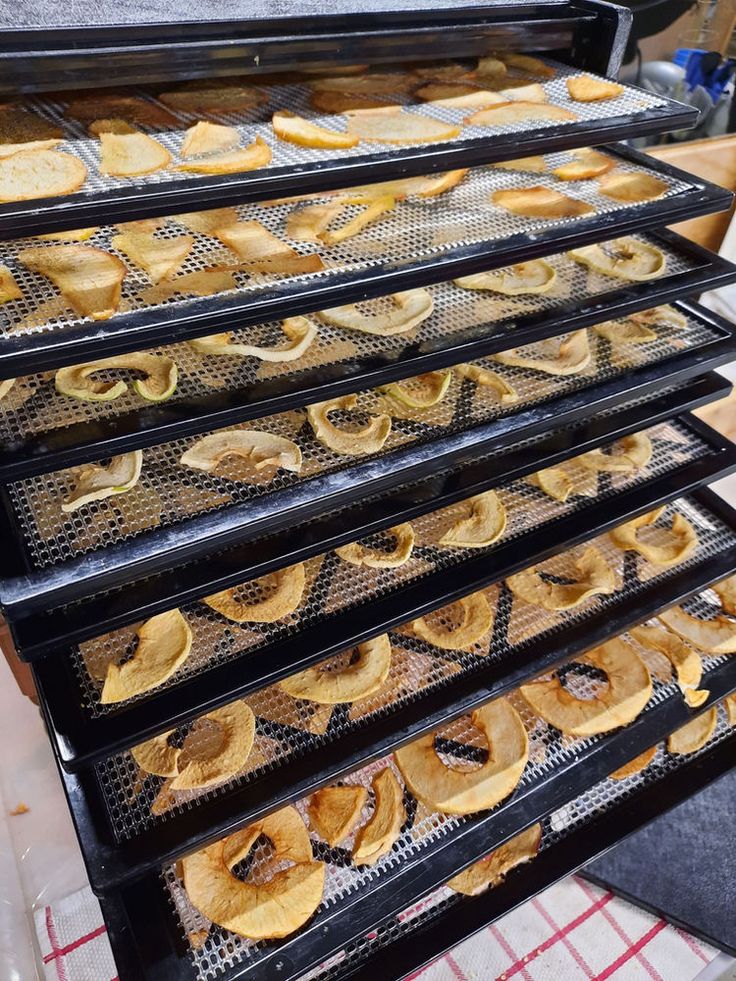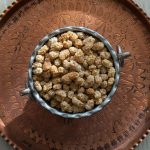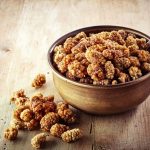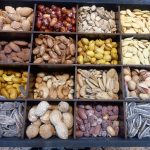Mulberry drying methods
what will you read...
The Importance of Drying MulberriesTypes of Mulberry Drying MethodsSun DryingDrying Using a DehydratorDrying Using an OvenDrying Using Professional Equipment
Drying mulberries has long been used as an economical and healthy method for preserving seasonal fruits. This process not only extends the storage duration but also enriches the flavor and increases the concentration of nutrients in the mulberries. In this article, we aim to introduce various methods of drying mulberries, both organic and non-organic.

The Importance of Drying Mulberries
Drying mulberries is significant for several reasons:
Increased Shelf Life: Without the need for preservatives, dried mulberries remain consumable for a longer period.
Nutrient Concentration: The drying process enhances the density of nutrients, vitamins, and antioxidants.
Easy Portability and Storage: Dried mulberries can be conveniently stored in small packages, making them ideal for daily use or travel.
Unique Taste: Consuming dried mulberries offers a new experience of their natural flavor, which is widely used in cooking and baking recipes.
These features have made mulberry drying a widely adopted household and industrial activity.
Types of Mulberry Drying Methods
-
Sun Drying
This is one of the oldest and most economical methods for drying mulberries. All dried mulberries from “Bahar Expert” have been dried using this method and are entirely organic.
Advantages:
- Utilizes natural solar energy at no cost.
- Does not require advanced equipment.
Disadvantages:
- Longer drying time compared to other methods.
- Dependency on weather conditions, which may affect drying quality.
Practical Tips:
- Use mesh screens to prevent insect intrusion.
- Cover mulberries with a thin cloth to protect them from dust.

-
Drying Using a Dehydrator
Electric dehydrators are modern equipment that allow controlled and fast drying processes.
Advantages:
- Rapid drying with temperature and airflow adjustments.
Disadvantages:
- Expensive industrial machinery.
- Limited capacity in home-use dehydrators.
- Non-organic.
Practical Tips:
- Set an appropriate temperature (usually between 50 to 60°C) to prevent cooking or burning.
- Arrange mulberries evenly on the dehydrator trays to ensure uniform air circulation.

-
Drying Using an Oven
A home oven serves as an alternative to electric dehydrators, particularly when drying large batches of mulberries.
Advantages:
- Accessible in most households.
- Enables large-scale drying with proper settings.
Disadvantages:
- Precise temperature control may be challenging.
- Higher energy consumption than electric dehydrators.
Practical Tips:
- Use low temperatures (around 50–70°C) while keeping the oven door slightly open for moisture release.
- Rotate trays regularly to prevent burning in specific areas.
-
Drying Using Professional Equipment
For those engaged in industrial or large-scale fruit drying projects, using professional-grade drying equipment with features like temperature control, timers, and optimized airflow is recommended.
Advantages:
- High-quality and uniform drying.
- Full preservation of color, flavor, and nutrients due to advanced technology.
Disadvantages:
- High cost of purchase and maintenance.
- Requires adequate space for installing large machines.
Practical Tips:
- Choose a reliable brand and review user feedback to ensure the best selection.
- Consider after-sales services and warranties to ensure durability and performance.
Hygienic and Storage Tips for Dried Mulberries
To ensure the health and quality of dried mulberries, follow these guidelines:
Initial Cleaning: Before starting the drying process, wash mulberries with water and a mild disinfectant solution to remove any contaminants.
Proper Coverage: Although sun drying is a natural method, it is necessary to use proper coverings to protect the mulberries from dust and insects.
Optimal Storage Conditions: Store dried mulberries in airtight glass or plastic containers in a dry, cool place away from humidity.
Labeling: Record the drying date and type of mulberries to ensure quality control and timely consumption.








